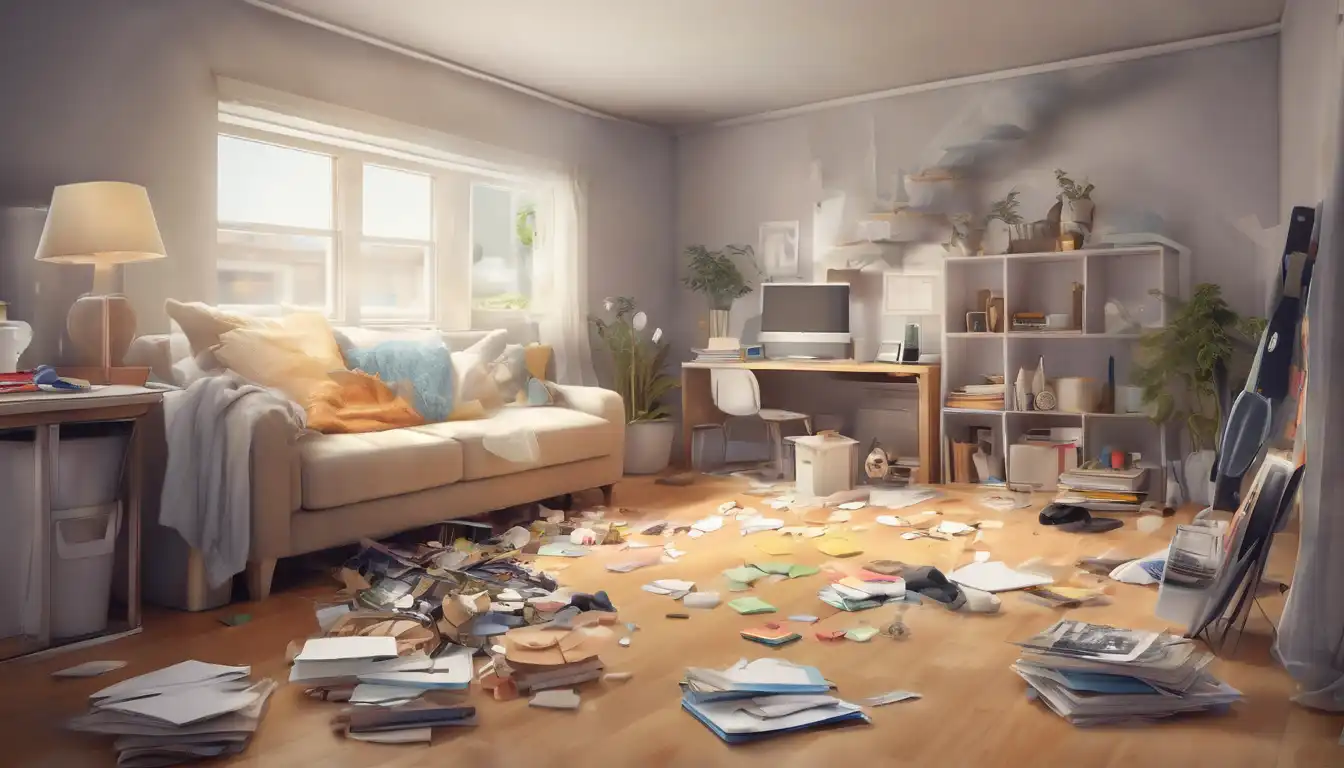Transform Your Space: The Ultimate Guide to Quick Decluttering
Are you tired of living in a cluttered environment that drains your energy and makes daily life more stressful? Decluttering doesn't have to be an overwhelming, weekend-long project. With the right approach, you can transform your home into an organized, peaceful sanctuary in just a few hours. This comprehensive guide will walk you through easy, actionable steps to declutter your home quickly and effectively.
Why Decluttering Matters More Than You Think
Before diving into the practical steps, it's important to understand why decluttering is worth your time. A cluttered environment can significantly impact your mental health, productivity, and overall quality of life. Studies show that physical clutter increases cortisol levels (the stress hormone) and makes it harder to focus. By creating an organized space, you're not just cleaning—you're investing in your well-being.
Step 1: Set Clear Goals and Prepare Your Mindset
The first step to successful decluttering is mental preparation. Set realistic expectations—you're not aiming for perfection, but progress. Decide which areas need the most attention and set a timer for 2-3 hour sessions to maintain focus. Gather essential supplies: trash bags, boxes for donations, cleaning supplies, and labels. Remember the golden rule: if you haven't used it in the past year, you probably don't need it.
Step 2: The Room-by-Room Attack Plan
Start with the most visible areas first—typically the living room and kitchen—as these spaces impact your daily mood the most. Work systematically through each room using the "four-box method": keep, donate, trash, and relocate. This method prevents decision paralysis and keeps the process moving quickly. For maximum efficiency, focus on one category at a time (clothes, books, papers) rather than jumping between different types of items.
Step 3: The 15-Minute Daily Decluttering Habit
Consistency is key to maintaining a clutter-free home. Implement a daily 15-minute decluttering session where you tackle small areas that tend to accumulate mess. This could be your entryway, kitchen counter, or bathroom vanity. This habit prevents clutter from building up and makes deep cleaning sessions much easier. Consider pairing this with other daily routines, like decluttering while waiting for your coffee to brew.
Step 4: Smart Storage Solutions That Actually Work
Once you've pared down your belongings, implement smart storage solutions that maintain organization. Use vertical space with shelves and hanging organizers, invest in clear containers for easy identification, and create designated homes for frequently used items. The goal isn't to hide clutter, but to create systems that make putting things away easier than leaving them out. For more storage inspiration, check out our guide on maximizing small spaces.
Step 5: Digital Decluttering for Complete Peace
Don't forget about digital clutter! Your phone, computer, and email inbox can contribute to mental overwhelm. Set aside time to delete unnecessary files, organize photos, unsubscribe from newsletters you don't read, and create folder systems for important documents. Digital decluttering can be just as therapeutic as physical organizing and takes much less time.
Common Decluttering Mistakes to Avoid
Many people sabotage their decluttering efforts with common mistakes. Avoid these pitfalls: keeping items "just in case" (the someday syndrome), trying to tackle everything at once, not having a system for sentimental items, and buying organizational products before decluttering. Remember: the goal is to own less, not to find better ways to store excess stuff.
Maintaining Your Clutter-Free Home
The real challenge isn't decluttering—it's maintaining the results. Implement the "one in, one out" rule: for every new item brought into your home, remove one. Schedule monthly mini-decluttering sessions to catch accumulating items before they become overwhelming. Most importantly, be mindful of your purchasing habits—ask yourself if each new item truly adds value to your life.
When to Seek Professional Help
If you're dealing with extreme clutter or emotional attachments that make decluttering particularly challenging, consider seeking help from a professional organizer or therapist specializing in hoarding behaviors. There's no shame in asking for support, and sometimes an objective perspective can make all the difference. For severe cases, our resources on overcoming clutter anxiety may provide additional guidance.
The Life-Changing Benefits of a Decluttered Home
Beyond the obvious visual improvements, decluttering offers profound benefits. You'll save time searching for items, reduce cleaning time by up to 40%, lower stress levels, and create space for activities you truly enjoy. Many people report better sleep, improved relationships, and increased creativity after decluttering their homes. The process isn't just about stuff—it's about creating the life you want to live.
Ready to begin your decluttering journey? Start today with just one drawer or shelf. Remember that progress, not perfection, is the goal. Each item you let go of creates space for what truly matters in your life. For ongoing support and additional organization tips, explore our complete home organization series designed to help you maintain your newly decluttered space.
